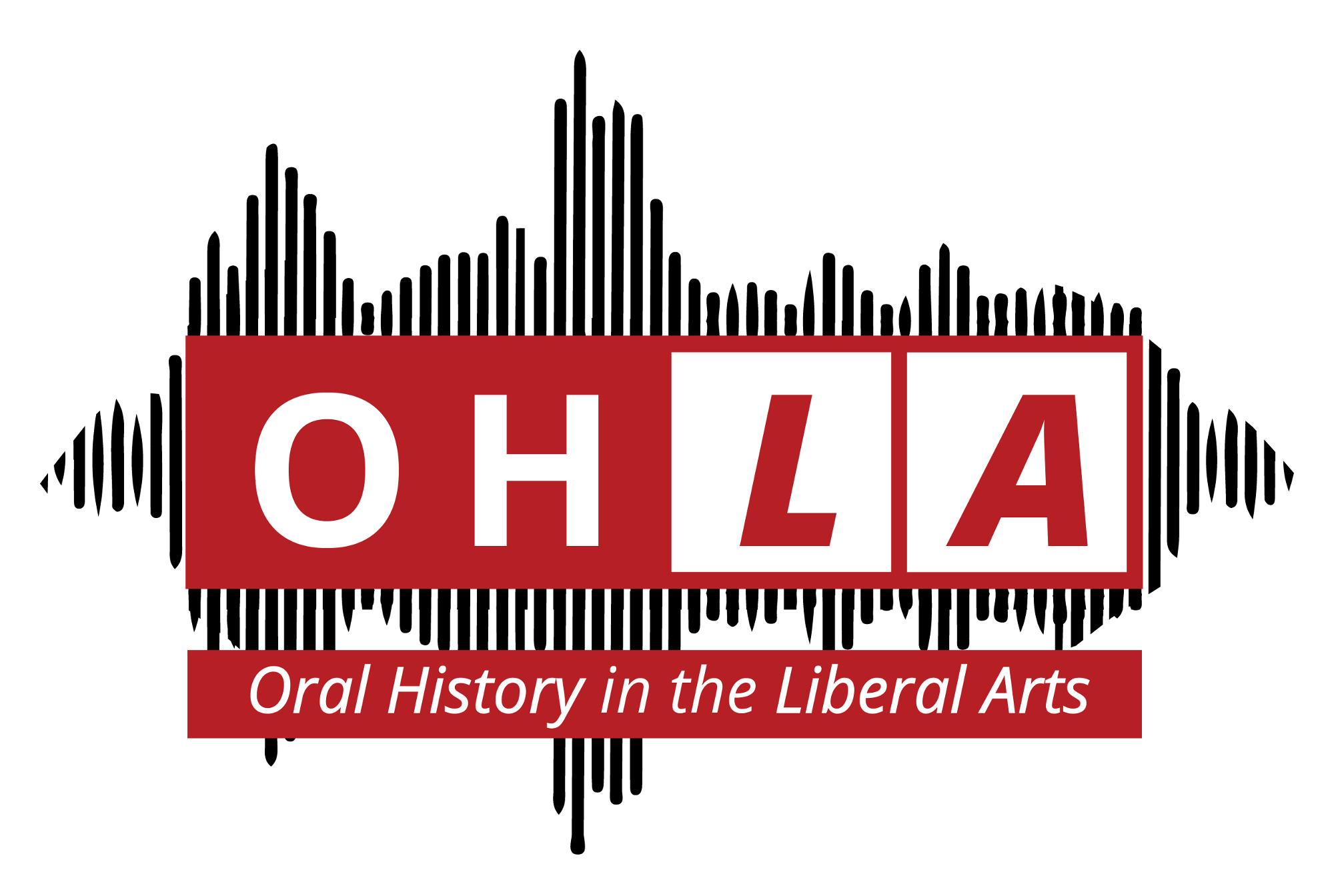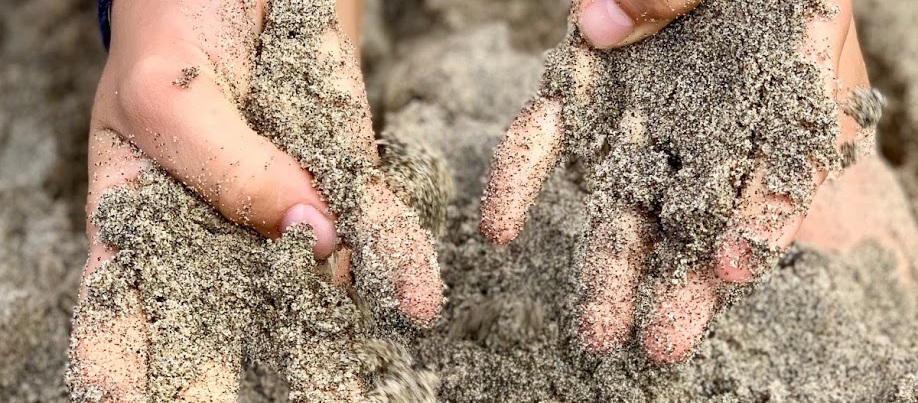This project’s theoretical and pedagogical constructs are drawn from a number of influential sources: Douglas Boyd and Mary Larson’s edited collection Oral History and Digital Humanities (2006), James Hoopes’ Oral History: An Introduction for Students (1979), and Thomas Charlton, Lois Myers, and Rebecca Sharpless’ edited collection Handbook of Oral History (2006). In engaging trauma, Ernest uses Cathy Caruth’s Listening to Trauma: Conversations with Leaders in the Theory and Treatment of Catastrophic Experience (2014), Laurie Vickroy’s Trauma and Survival in Contemporary Fiction (2002), and Ernest Cole’s Theorizing the Disfigured Body: Mutilation, Amputation, and Disability Culture in Post-Conflict Sierra Leone (2014) as bases of the project’s theoretical constructs.
Mary Larson’s paper “Research Design and Strategies” in Handbook of Oral History (2006) provides a useful pedagogical tool for this project. It “guides researchers through the process of clearly defining their topic and deciding on the type of oral history they will be conducting, with whom they will be conducting it, and which theoretical bases will be guiding it” (105). She defines research projects as genres that could be subject-oriented histories, life history, community history, and family history. She discusses the theoretical base that informs the interview process and has identified three theories: elite/nonelite theory, critical theory, and grounded theory. Alice Hoffman and Howard Hoffman’s Memory Theory: Personal and Social as well as Mary Chamberlain’s Narrative Theory are also influential in the development of my oral history methodology.
James Hoopes’ approach to oral history in Oral History: An Introduction for Students (1979) is also useful in my investigation of violence and trauma and in using oral history in the classroom. Hoopes cites, among others, participant observation, spoken memory, tape-recorded interviews, editing techniques, meaningful context, using research in written records, and integrating oral history with other kinds of research and knowledge. In stressing the meaningfulness of oral history, Hoopes writes: “Every good history course includes work meant to give you the experience of doing history. Thus is often the research paper, and it should be the most interesting, stimulating aspect of the course. Too often, though, it is tedious, not because it is hard work, but because the challenge to human sympathy and imagination is neglected” (20).
Marjorie McLellan’s paper “Beyond the Transcript: Oral History as Pedagogy” in Oral History and Digital Humanities (2006) provides additional pedagogical information to conduct oral history research and develop a methodology for teaching oral history in the classroom. She notes that “Oral history work fulfills the expectations associated with constructionist, project-based, and inquiry-based learning – even more so when students choose their own research topics and plan the public programs. The experience is much richer when students engage with each other and with public historians and community members in determining the goals of the larger project, the questions to address, the selection of narrators, the evaluation of the interviews, and the analysis of data” (103). In terms of classroom methodology, she affirms, “I placed greater emphasis on technical quality, release forms, preservation, and other best practices, but still with a fixation on the transcript as a primary source that both fostered student writing skills and provided an easily accessible resource for classroom discussion” (104).








